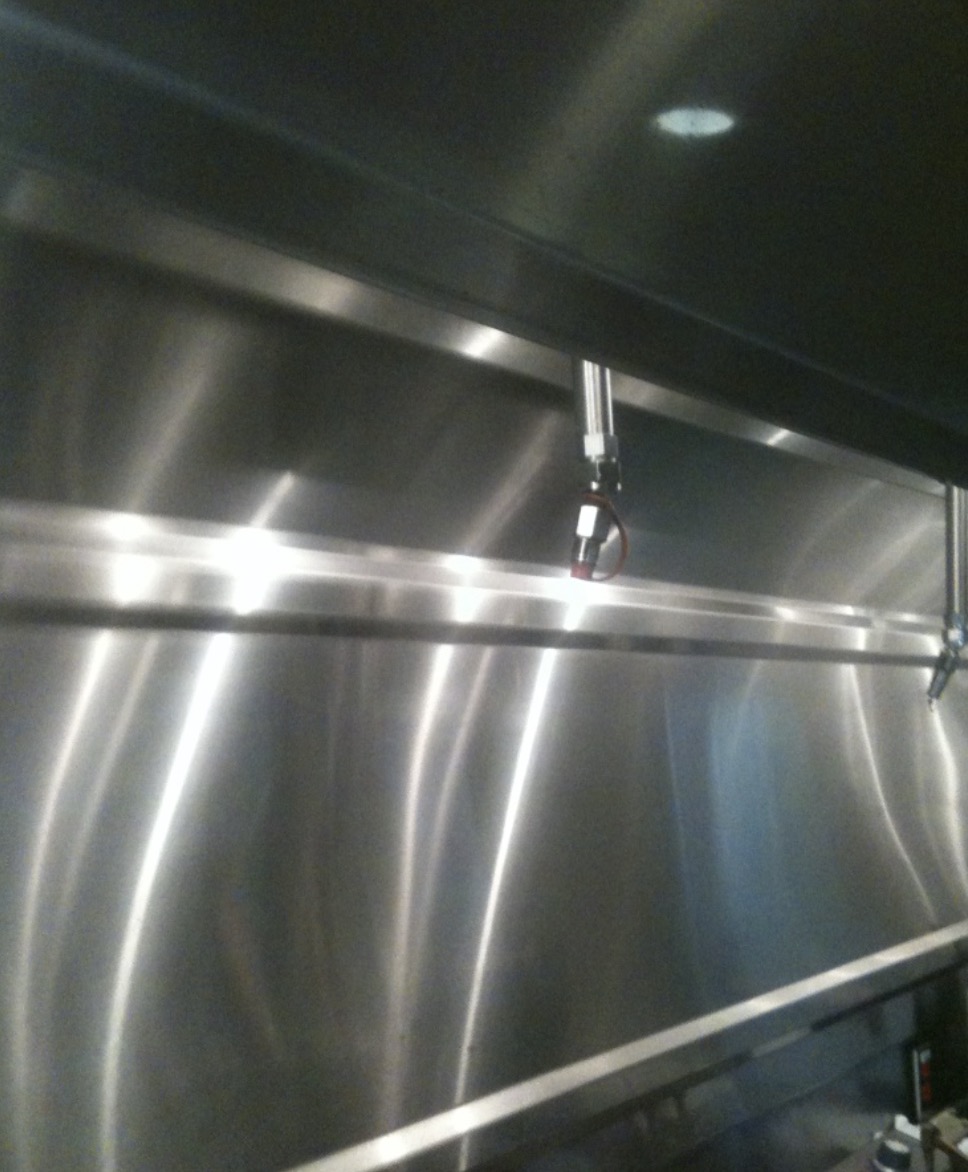Fire suppression systems are like silent guardians, standing ready to spring into action when disaster strikes. These systems are designed to protect lives and property by quickly extinguishing fires or containing them until help arrives. However, like any piece of equipment, fire suppression systems require regular maintenance to ensure they function properly when needed most. In this blog post, we’ll explore the importance of regular fire suppression system maintenance and why it should be a top priority for building owners and managers.
Understanding Fire Suppression Systems
Before diving into the importance of maintenance, let’s first understand what Houston fire suppression systems are and how they work. These systems are a crucial component of fire safety in buildings, ranging from commercial establishments to residential homes. They typically consist of various elements such as:
- Detectors: These sensors detect the presence of smoke, heat, or flames.
- Alarm Systems: Once a fire is detected, alarms sound to alert occupants of the building.
- Suppression Agents: This includes water, foam, gas, or chemicals designed to extinguish or control the fire.
- Activation Mechanisms: Devices that trigger the release of suppression agents, such as sprinkler heads or valves.
The Importance of Regular Maintenance
- Ensures Proper Functioning: Regular maintenance ensures that all components of the fire suppression system are in working order. This includes testing detectors, checking alarm systems, and inspecting suppression agents for leaks or blockages. By identifying and addressing any issues early on, maintenance helps prevent system failures during a fire emergency.
- Compliance with Regulations: Building codes and regulations often require regular inspection and maintenance of fire suppression systems. Failing to comply with these requirements can result in fines or penalties and may void insurance coverage. By staying up-to-date with maintenance schedules, building owners can ensure compliance and peace of mind.
- Minimizes Downtime: Imagine a fire breaks out, but the suppression system fails to activate due to neglected maintenance. The consequences could be devastating, resulting in extensive damage, injuries, or even fatalities. Regular maintenance minimizes the risk of system malfunctions, reducing downtime and the associated costs of repairs or replacements.
- Extends Lifespan: Like any equipment, fire suppression systems have a finite lifespan. However, regular maintenance can extend this lifespan significantly. By addressing issues promptly and conducting routine inspections, building owners can maximize the longevity of their investment and avoid premature system failures.
Key Maintenance Tasks
Now that we understand why maintenance is essential, let’s discuss some key tasks that should be included in a comprehensive maintenance plan:
Regular Inspections: Schedule routine inspections by qualified technicians to check all components of the fire suppression system for signs of wear, damage, or corrosion.
Testing and Calibration: Conduct regular testing of detectors, alarms, and suppression agents to ensure they activate properly when needed. Calibration may be necessary to adjust sensitivity levels and ensure accurate detection.
Cleaning and Lubrication: Keep all components clean and free of debris, which can interfere with the operation of the system. Lubricate moving parts to prevent friction and ensure smooth functionality.
Training and Education: Train building occupants on how to respond to fire alarms and use fire suppression equipment effectively. Regular drills and education programs can help ensure everyone knows what to do in an emergency.
The Role of Technology in Maintenance
Advancements in technology have revolutionized the way fire suppression systems are maintained and monitored. Here’s how technology is enhancing maintenance practices:
Remote Monitoring: With the advent of IoT (Internet of Things) technology, fire suppression systems can now be monitored remotely. Sensors and detectors can send real-time data to a central monitoring station, allowing technicians to identify issues proactively and respond swiftly.
Predictive Maintenance: Machine learning algorithms can analyze data from fire suppression systems to predict potential failures before they occur. By identifying patterns and trends, predictive maintenance helps prioritize maintenance tasks and prevent costly downtime.
Mobile Apps: Many fire suppression system manufacturers offer mobile apps that enable building owners and managers to schedule maintenance appointments, track inspection reports, and receive notifications about system status. These apps streamline the maintenance process and ensure compliance with regulatory requirements.
Automated Reporting: Instead of manual documentation, automated reporting systems generate comprehensive maintenance reports automatically. This not only saves time but also provides a detailed record of maintenance activities for auditing purposes.
Integration with Building Management Systems: Fire suppression systems can be integrated with building management systems (BMS) to create a holistic approach to facility maintenance. This integration allows for centralized control and monitoring of all building systems, including HVAC, lighting, and security.
Conclusion
In conclusion, regular maintenance of fire suppression systems is not just a good practice – it’s essential for ensuring the safety and security of buildings and occupants. By investing in maintenance, building owners can protect their property, comply with regulations, and minimize the risk of devastating fires. Remember, when it comes to fire safety, prevention is always better than cure. So, don’t wait for a disaster to strike – schedule that maintenance check today and keep your fire suppression system in top-notch condition. Your safety may depend on it.






